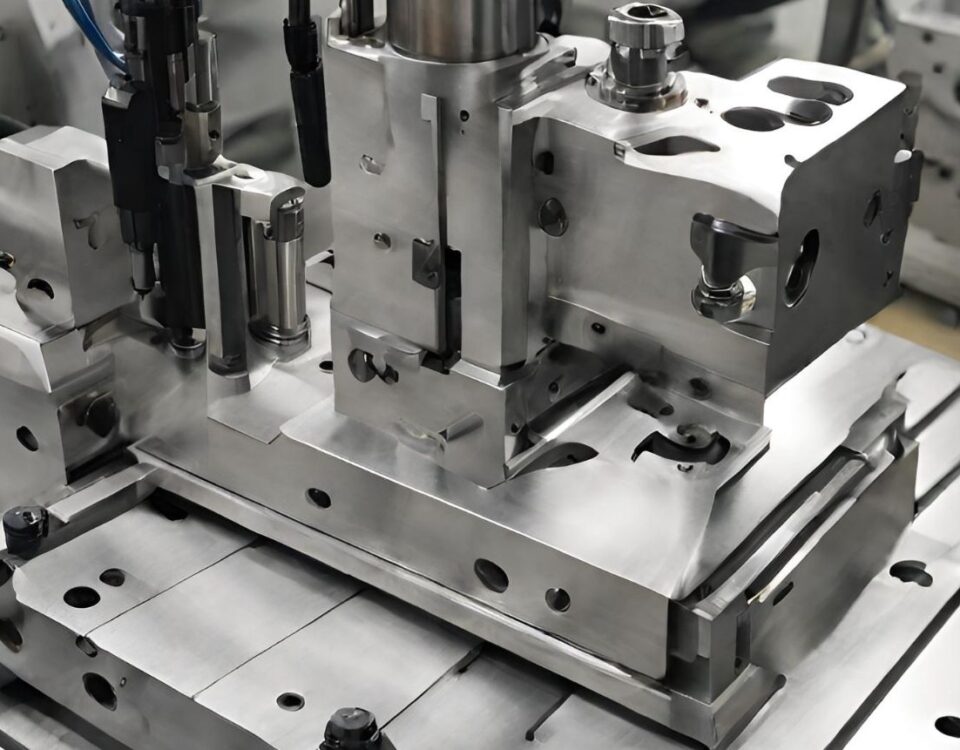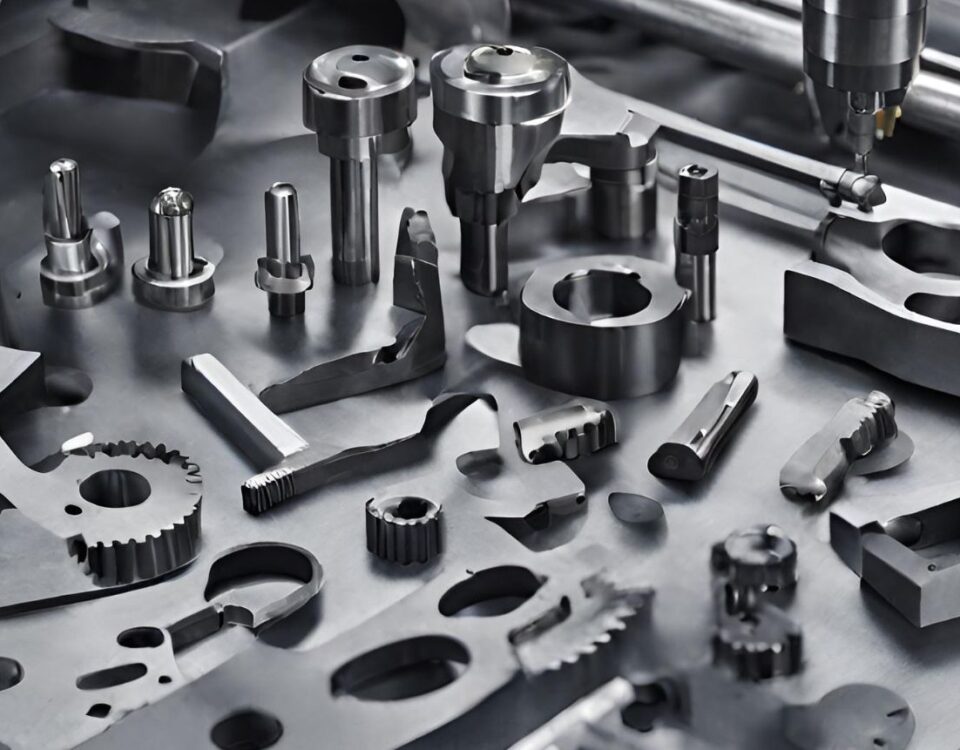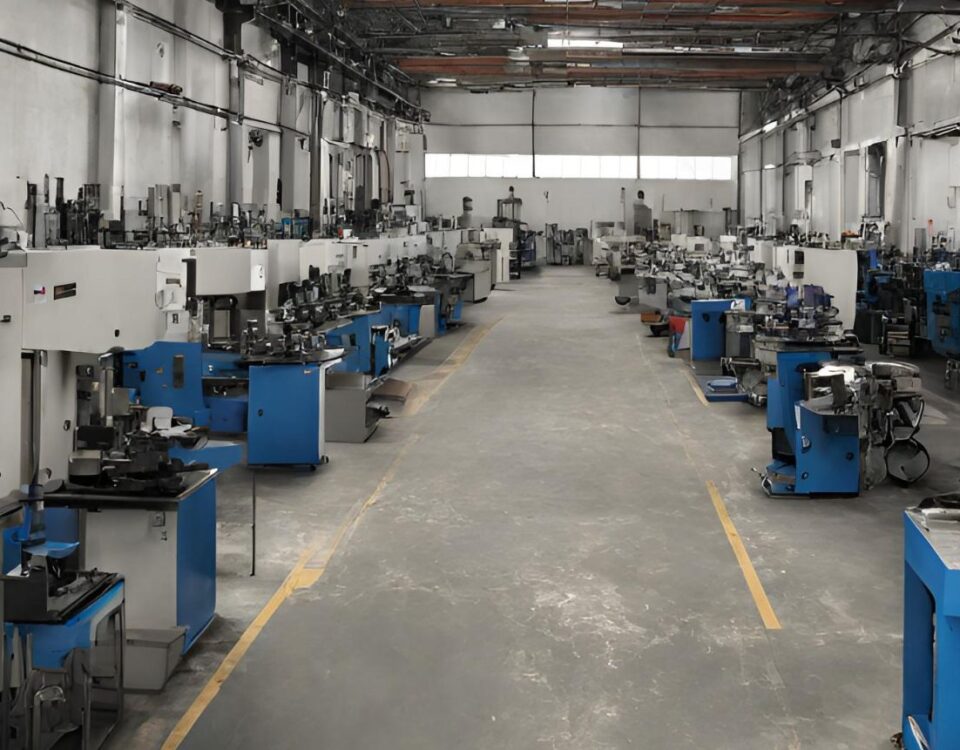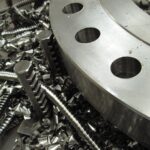
Types of Services for CNC Machining
12 December 2023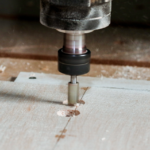
The Definition and Operation of a CNC Router
18 December 2023CNC (Computer Numerical Control) machining is a manufacturing process that utilizes computerized controls and precise machinery to produce intricate and precise parts from various materials. It involves the use of computer-aided design (CAD) software to create a digital model of the part, which is then converted into instructions for the CNC machine.
The CNC machine follows these instructions to remove material from a raw workpiece, such as metal, plastic, wood, or composites, to create the desired shape and dimensions. The machine's movements are controlled by motors and actuators, allowing for high precision and repeatability.
CNC machining offers several advantages over traditional manual machining processes. It allows for complex and intricate designs to be accurately replicated, reduces human errors, increases production efficiency, and enables the production of parts with tight tolerances. It is widely used in various industries, including automotive, aerospace, electronics, medical, and prototyping, among others.
Different types of CNC machines are available, such as CNC mills, lathes, routers, and plasma cutters, each specialized for specific machining tasks. CNC machining has revolutionized the manufacturing industry by improving productivity, accuracy, and versatility in creating a wide range of components and products.
CNC Machining Service Types
CNC Miling
CNC milling is a specific type of CNC machining process that involves the use of a milling machine controlled by a computer program. It is a subtractive manufacturing method where material is removed from a workpiece to create the desired shape and features. In CNC milling, the workpiece is securely held on a table or fixture, and a rotating cutting tool, typically with multiple cutting edges, is guided by computer-controlled movements to remove material. The cutting tool can move along multiple axes (usually three or more) to achieve precise and complex cuts. The computer program, often created using CAD (Computer-Aided Design) and CAM (Computer-Aided Manufacturing) software, provides the instructions for the milling machine to follow. These instructions specify the tool paths, cutting speeds, depths, and other parameters necessary for the desired outcome. CNC milling is widely used in various industries, including automotive, aerospace, electronics, mold-making, and prototyping. It allows for the production of intricate parts with high precision and repeatability. The versatility of CNC milling machines enables the creation of a wide range of shapes, contours, holes, threads, and surface finishes. Overall, CNC milling has revolutionized the manufacturing industry, offering increased efficiency, accuracy, and flexibility compared to traditional milling methods. It enables the production of complex components and plays a crucial role in modern manufacturing processes.
CNC Turning or Lathing
CNC turning, also known as CNC lathing, is a machining process that involves the rotation of a workpiece while a cutting tool removes material to create the desired shape. It is commonly used for cylindrical or round-shaped parts. During CNC turning, the workpiece is held in a chuck and rotated at high speed. A single-point cutting tool, controlled by a computer program, is then brought into contact with the rotating workpiece to remove material and create the desired shape. The cutting tool can move along multiple axes, allowing for precise control over the dimensions and features of the part. The computer program, often created using CAD (Computer-Aided Design) and CAM (Computer-Aided Manufacturing) software, provides instructions for the CNC lathe to follow. These instructions include details about tool paths, cutting speeds, feed rates, and other parameters necessary for the machining process. CNC turning is widely used in industries such as automotive, aerospace, medical, and general manufacturing. It is particularly suitable for producing parts with symmetrical or rotational features, such as shafts, pins, cylinders, and threaded components. The advantages of CNC turning include high precision, repeatability, and the ability to efficiently produce large quantities of parts. It also allows for the creation of complex shapes, such as contours, tapers, and grooves. In summary, CNC turning, or CNC lathing, is a machining process that utilizes a rotating workpiece and a cutting tool to remove material and create cylindrical or round-shaped parts with high precision and efficiency.
CNC Drilling
CNC drilling is a machining process that uses computer-controlled movements to create holes in a workpiece. It is a precise and efficient method of drilling holes with consistent accuracy and repeatability. In CNC drilling, the workpiece is securely held in place, typically on a table or fixture. A rotating drill bit, guided by the CNC machine, is brought into contact with the workpiece to remove material and create the desired hole. The drilling parameters, such as drill speed, feed rate, and depth, are programmed into the CNC machine to ensure accurate and efficient drilling. CNC drilling can be performed on various materials, including metals, plastics, woods, and composites. It is commonly used in industries such as automotive, aerospace, electronics, and construction, where precise and consistent hole drilling is required. The computer program, often created using CAD (Computer-Aided Design) and CAM (Computer-Aided Manufacturing) software, provides instructions to the CNC machine on the position, size, and depth of the holes. This allows for the creation of complex hole patterns, such as arrays of holes or holes with specific angles and orientations. CNC drilling offers several advantages over manual drilling processes. It ensures precision and consistency in hole placement, size, and depth, resulting in improved product quality and reduced human error. It also enables the efficient drilling of multiple holes in a single setup, reducing production time and increasing productivity. Overall, CNC drilling is a versatile and efficient machining process that allows for accurate and repeatable hole creation in various materials. It plays a crucial role in many industries where precise hole drilling is required.
CNC Grinding
CNC grinding is a machining process that utilizes computer-controlled movements to remove material and achieve precise dimensions and surface finishes on a workpiece. It is commonly used for the production of highly accurate and smooth surfaces on materials such as metal, ceramics, and composites. In CNC grinding, a grinding wheel with abrasive particles is used to remove material from the workpiece. The grinding wheel rotates at high speed, and the CNC machine controls its movement along multiple axes to achieve the desired shape and finish. The depth of cut, feed rate, and other grinding parameters are programmed into the CNC machine to ensure precise and consistent results. CNC grinding can be performed on various types of grinding machines, such as cylindrical grinders, surface grinders, and centerless grinders. Each type of grinder is suited for specific applications and workpiece geometries. The computer program, often created using CAD (Computer-Aided Design) and CAM (Computer-Aided Manufacturing) software, provides instructions to the CNC machine on the grinding wheel's movement and the desired dimensions and surface finish of the workpiece. This allows for the creation of complex shapes, tight tolerances, and desired surface roughness. CNC grinding offers several advantages over manual grinding processes. It enables high precision and repeatability, resulting in consistent part quality. It also allows for the efficient grinding of complex geometries and the ability to achieve tight tolerances and fine surface finishes. CNC grinding is widely used in industries such as automotive, aerospace, medical, tool and die, and precision manufacturing. In summary, CNC grinding is a precise and controlled machining process used to remove material and achieve accurate dimensions and surface finishes on a workpiece. It offers high precision, efficiency, and versatility in producing components with tight tolerances and fine surface finishes.
CNC Boring
CNC boring is a machining process used to enlarge or refine existing holes in a workpiece with high precision and accuracy. It involves the use of a computer-controlled machine to perform the boring operation. In CNC boring, a cutting tool, such as a boring bar or boring head, is used to remove material from the inside of a pre-drilled hole. The cutting tool is guided by the CNC machine, which controls its movement along multiple axes to achieve the desired dimensions and surface finish. The computer program, created using CAD (Computer-Aided Design) and CAM (Computer-Aided Manufacturing) software, provides instructions to the CNC machine on the position, size, and depth of the boring operation. This allows for precise control over the machining process. CNC boring machines come in various types, such as horizontal boring machines and vertical boring machines. They are capable of boring holes with different orientations and dimensions, depending on the specific requirements of the workpiece. CNC boring is commonly used in industries such as automotive, aerospace, and machining, where precise and accurate holes are necessary. It is particularly useful for producing large or deep holes, as well as for creating holes with complex geometries or tight tolerances. The advantages of CNC boring include high precision, repeatability, and the ability to efficiently produce consistent results. It allows for the creation of accurate and smooth holes with minimal human error. In summary, CNC boring is a machining process that utilizes computer-controlled movements to enlarge or refine existing holes in a workpiece. It offers high precision, accuracy, and efficiency, making it suitable for various industries and applications.
Benefits of CNC Machining Services
CNC machining services offer numerous benefits, making them a popular choice for various industries. Here are some key advantages of CNC machining services:
1. Precision and Accuracy: CNC machines are highly precise and can achieve tight tolerances, ensuring consistent and accurate results. This level of precision allows for the creation of complex and intricate parts that meet specific design requirements.
2. Versatility: CNC machines are versatile and can work with a wide range of materials, including metals, plastics, wood, and composites. This flexibility enables the production of diverse components for various industries, from automotive and aerospace to electronics and healthcare.
3. Efficiency and Productivity: CNC machines operate with speed and efficiency, reducing production time and increasing overall productivity. They can perform multiple machining operations in a single setup, eliminating the need for manual intervention and reducing cycle times.
4. Consistency and Repeatability: With CNC machining, once a program is created and tested, it can be repeatedly used to produce identical parts with consistent quality. This ensures uniformity in the manufactured components and reduces the chances of human error.
5. Complex Geometries and Customization: CNC machines can create intricate and complex geometries that may be difficult or impossible to achieve with traditional machining methods. This capability allows for the production of highly customized parts to meet specific design requirements.
6. Automation and Reduced Labor Costs: CNC machining services involve automated processes, minimizing the need for extensive manual labor. This not only reduces the risk of human error but also lowers labor costs, making CNC machining a cost-effective solution in the long run.
7. Prototyping and Small Batch Production: CNC machining is well-suited for prototyping and small batch production. It offers the flexibility to quickly produce prototypes to test and refine designs before scaling up to larger production runs.
8. Integration with CAD/CAM Software: CNC machines can seamlessly integrate with computer-aided design (CAD) and computer-aided manufacturing (CAM) software. This allows for efficient programming, simulation, and optimization of machining processes, further enhancing precision and productivity.
In summary, CNC machining services provide precise, versatile, and efficient manufacturing solutions. They offer high levels of accuracy, consistency, and customization while reducing labor costs and production time. These advantages make CNC machining a preferred choice for industries requiring reliable and efficient manufacturing processes.
Conclusion
In conclusion, there are several types of services available for CNC machining, each offering unique advantages and applications:
1. CNC Milling: This service involves using rotary cutters to remove material from a workpiece, creating complex shapes and features. CNC milling is versatile, precise, and widely used in industries such as automotive, aerospace, and prototyping.
2. CNC Turning: This service revolves around rotating the workpiece while a cutting tool shapes it. CNC turning is commonly used for cylindrical parts and offers high accuracy and efficiency. It is often employed in industries like automotive, electronics, and medical.
3. CNC Grinding: This service utilizes abrasive wheels to remove material and achieve fine surface finishes. CNC grinding is ideal for achieving tight tolerances, smooth surfaces, and precise dimensions. It is commonly used in industries that require high precision, such as aerospace, automotive, and tooling.
4. CNC Boring: This service involves enlarging or refining existing holes in a workpiece using a computer-controlled machine. CNC boring is suitable for creating precise and consistent holes in various industries, including automotive, aerospace, and machining.
Each type of CNC machining service offers specific benefits, including precision, versatility, efficiency, and the ability to produce complex geometries. These services have revolutionized manufacturing processes, enabling the production of high-quality components with tight tolerances and intricate designs. In summary, the availability of various CNC machining services allows industries to choose the most suitable method for their specific needs. Whether it's milling, turning, grinding, or boring, CNC machining services provide accurate and efficient solutions for a wide range of applications.


